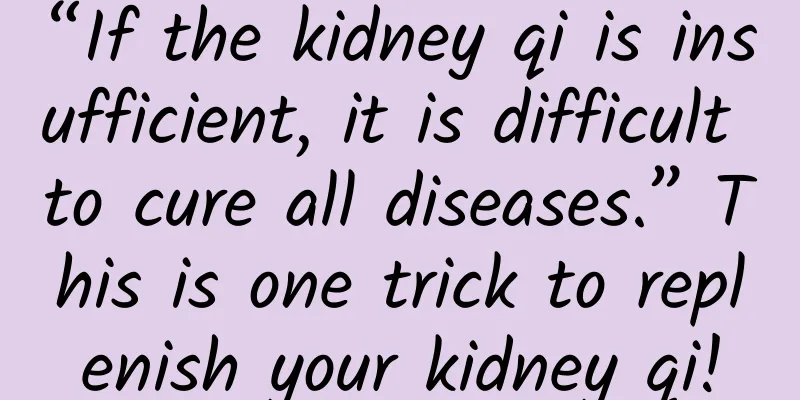Symptoms of knee tendinitis

|
There are many types of knee tendinitis, but they all present symptoms of joint pain and stiffness after the onset of the disease. The joints will be affected, affecting the normal movement of the joints, accompanied by joint swelling and pain, and persistent pain. If there is no improvement within 7 to 10 days after the onset of the disease, appropriate medication and examination are required. Symptoms and signs include painful joint stiffness that limits movement of the affected joint. Occasionally, there is mild swelling in the joints. Persistent pain that persists after a tendon injury has occurred or occurs long after the original injury. You should see a doctor if the following situations occur If the pain does not improve after 7 to 10 days, you should see a doctor to avoid developing chronic tendinitis or other complications such as bursitis, wrist syndrome or phlebitis. If the pain is severe and there is swelling, there may be a tendon rupture and immediate treatment is needed. When the tendon is overstressed during exercise, it can cause tendon inflammation. Weekend athletes who exercise occasionally rather than regularly are rarely bothered by tendon pain, which is most often caused by stress on the same joint from the same repetitive motion. It doesn’t just happen in sports, but it can happen in many types of office work or other situations. Conventional treatment Conventional treatment For emergency treatment of tendinitis, doctors and physical therapists recommend the RICE method (rest, cool, heat, and elevation). Aspirin and ibuprofen can also be used to help reduce inflammation and pain. Ultrasound and sauna therapy relax muscles and tendons, improve circulation, and promote healing. Occasionally, corticosteroids are used. Your physical therapist may also suggest an exercise plan to help rest the tendon while maintaining the function of nearby muscle groups and overall strength, and you can only slowly and gradually build up the tendon's own strength. Your training program may include fun exercises, slowly increasing the number of times you use the injured area, and stopping as soon as pain occurs. You can also do some easy stretching exercises several times a day. Surgery Treatment: For some patients, especially when adhesions occur, if the above treatments are ineffective, surgical treatment may be considered. The narrow tendon sheath is cut longitudinally and a small strip of the tendon sheath is removed, thereby eliminating the source of pain. Disadvantages: severe trauma, great pain, and long recovery period. ;Nutrition and Diet Vitamin supplements are beneficial for the healing of tendonitis, including 1000 mg of vitamin C, 10,000 international units of beta-carotene (vitamin A), 22.5 mg of zinc, 400 mg of vitamin E and 50 micrograms of selenium per day. |
<<: What can't you eat after taking the ring?
>>: What is the blood-air barrier
Recommend
Can I drink tea after taking Chinese medicine?
In daily life, many people choose to drink Chines...
What are the effects and functions of Qianjinba
Qianjinba is a Chinese herbal medicine that has m...
Can Panax notoginseng powder really remove freckles when applied on the face?
Customers need to have sufficient understanding w...
Acute appendicitis
Appendicitis is mainly an acute suppurative infec...
The difference between Sichuan saffron and saffron
The main difference between Sichuan saffron and s...
Milk and oatmeal freckle removal, two methods to make your face white and flawless
For people with facial spots, the milk and oatmea...
What causes stomach pain and vomiting in pregnant women?
Pregnant women will experience many symptoms duri...
Neurosis Chinese medicine
Once you find out that you have a neurosis, you n...
What are the benefits of treating tumors with traditional Chinese medicine?
Cancer is a disease that seriously threatens peop...
The child has a hard lump on his leg
A hard lump on a child's leg may be due to sk...
What to do if your eyes itch during pregnancy?
Many women are prone to itchy or dry eyes during ...
Colds Dry nose and palate pain
Colds are more likely to occur when seasons chang...
How to remove the bitterness of bitter almonds
The nutritional value of bitter almonds is very r...
The difference between weak positive and positive
Sometimes when friends go for check-ups, they wil...
How to treat meniscus injury
In the treatment of any disease, the choice of me...









